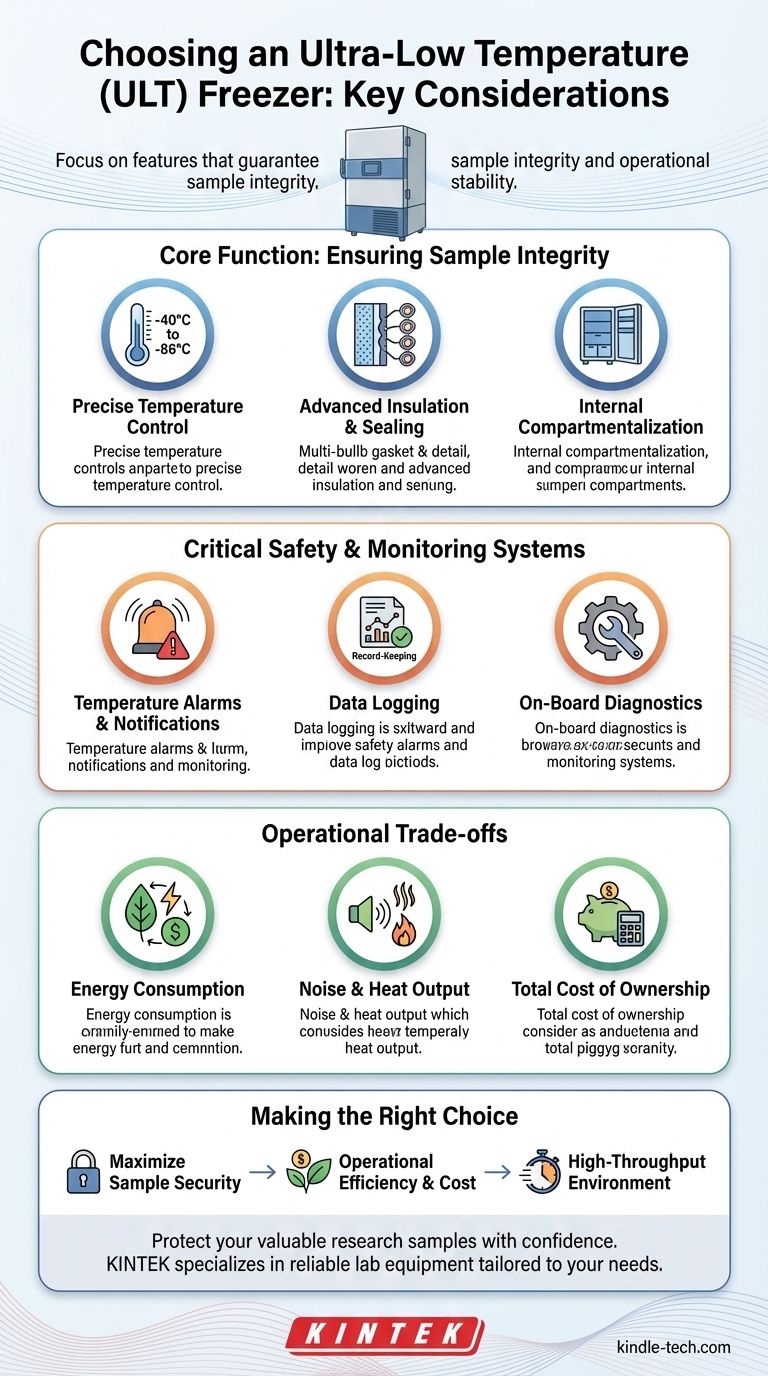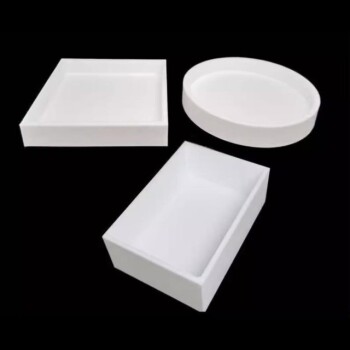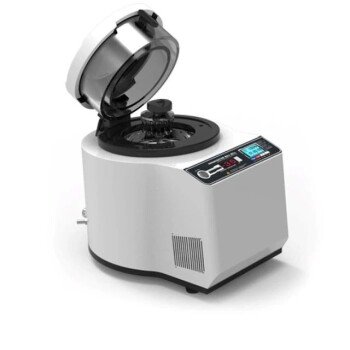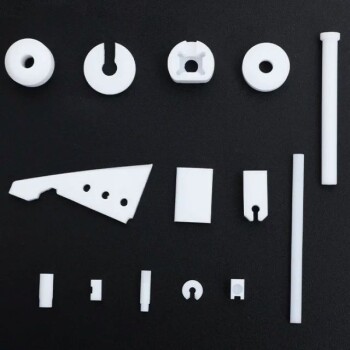When choosing an ultra-low temperature (ULT) freezer, the most critical features are those that guarantee sample integrity and operational stability. This includes precise temperature control, robust alarm and monitoring systems, high-efficiency insulation, and features that minimize temperature fluctuations during daily use, like separate internal compartments.
The decision is not merely about selecting a freezer; it is about investing in a complete system to protect valuable assets. The ideal choice balances uncompromising temperature reliability with long-term operational costs like energy consumption and maintenance.

Core Function: Ensuring Sample Integrity
The primary purpose of a ULT freezer is to create an unwavering, extremely cold environment. Every core feature should be evaluated based on how well it serves this fundamental goal.
Precise Temperature Control
A ULT freezer relies on a sophisticated system of sensors and control algorithms to maintain its set point, typically between -40°C and -86°C. This isn't just about reaching the target temperature; it's about holding it with minimal deviation, which is essential for preserving the viability of sensitive biological materials.
Advanced Insulation and Sealing
Modern ULT freezers use advanced insulation to maintain low temperatures efficiently. This directly impacts both temperature stability and energy consumption.
Look for features like multi-bulb gaskets around the door. These create multiple points of contact, ensuring a tighter seal to prevent cold air from escaping and ambient air from entering.
Internal Compartmentalization
A freezer with separate, inner doors for each shelf is a simple but highly effective feature. When you open the main door, you only expose one section to ambient air, protecting the samples in other compartments from significant temperature excursions.
Critical Safety and Monitoring Systems
A failure in a ULT freezer can mean the catastrophic loss of irreplaceable work. Monitoring and safety systems are your first and best line of defense against this outcome.
Temperature Alarms and Notifications
The most essential safety feature is a robust alarming system. It should immediately alert users to any temperature deviations from the set point, power failures, or other system errors. This allows for rapid intervention before samples are compromised.
Data Logging and Record-Keeping
For quality control and regulatory compliance, the ability to maintain accurate temperature records is vital. Many units have built-in data logging, while others offer options like temperature chart recorders to provide a continuous, physical record of performance.
On-Board Diagnostics
Modern freezers often include on-board diagnostic systems. These tools can help predict potential component failures and simplify troubleshooting, enabling proactive maintenance rather than reactive emergency repairs.
Understanding the Operational Trade-offs
Beyond pure performance, a ULT freezer has a significant impact on a lab's budget and environment. A comprehensive evaluation must include these practical factors.
Energy Consumption
ULT freezers are among the most energy-intensive pieces of equipment in a laboratory. Choosing a model with superior energy efficiency can lead to thousands of dollars in savings over the unit's lifespan.
Noise and Heat Output
These units generate considerable noise and heat. In a busy lab environment, a freezer with low-noise technology can significantly improve working conditions. The heat output must also be considered for its impact on the room's HVAC system.
Total Cost of Ownership
The initial purchase price is only one part of the total investment. You must also factor in the costs of electricity consumption, preventive maintenance plans, and extended warranties. A cheaper unit with high energy use and poor reliability can be far more expensive in the long run.
Making the Right Choice for Your Lab
Evaluate your specific needs to prioritize the features that matter most to your operations.
- If your primary focus is maximum sample security: Prioritize models with the most precise temperature control, comprehensive alarm systems, and options for backup cooling systems.
- If your primary focus is operational efficiency and cost: Compare energy consumption ratings carefully and analyze the total cost of ownership, including warranties and maintenance plans.
- If your primary focus is a high-throughput environment: Choose a freezer with excellent internal compartmentalization and proven rapid temperature recovery after door openings.
Ultimately, selecting the right ULT freezer is a critical decision that secures your research and protects your investment.
Summary Table:
| Feature Category | Key Considerations |
|---|---|
| Core Function | Precise temperature control, advanced insulation, internal compartmentalization |
| Safety & Monitoring | Temperature alarms, data logging, on-board diagnostics |
| Operational Factors | Energy consumption, noise/heat output, total cost of ownership |
| Lab Fit | Sample security, efficiency, high-throughput needs |
Protect your valuable research samples with confidence. Choosing the right ultra-low temperature freezer is crucial for maintaining sample integrity and lab efficiency. At KINTEK, we specialize in providing reliable lab equipment, including ULT freezers tailored to your specific needs—whether you prioritize maximum sample security, operational cost savings, or high-throughput performance. Our experts will help you select a freezer that ensures precise temperature stability, advanced safety features, and long-term value. Don't leave your samples to chance—contact us today to find the ideal ULT solution for your laboratory!
Visual Guide

Related Products
- 158L Precision Vertical Ultra Low Freezer for Laboratory Applications
- 938L Vertical Ultra Low Temperature Freezer for Advanced Laboratory Storage
- 108L Vertical Ultra Low Temperature ULT Freezer
- 408L Advanced Vertical Laboratory Ultra Low Temperature Freezer for Critical Research Material Preservation
- 808L Precision Laboratory Vertical Ultra Low Temperature Freezer
People Also Ask
- What features do ultra-low temperature freezers typically include? Ensuring Absolute Sample Security
- Where are ultra low temperature freezers commonly used? Essential for Labs, Hospitals, and Biotech
- What temperature range do Ultra-Low Temperature freezers maintain? The -80°C Standard for Sample Integrity
- What are ultra low temperature freezers used for? Preserving Critical Biological Samples for Decades
- In what fields are ultra low temperature freezers most commonly used? Essential for Biomedical, Clinical, and Research Labs



















